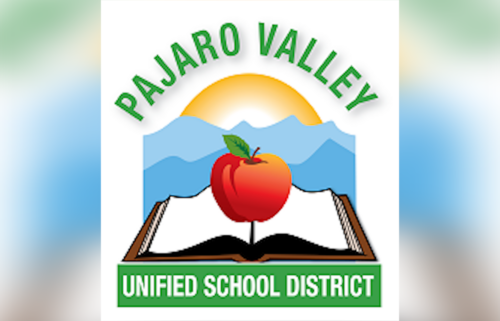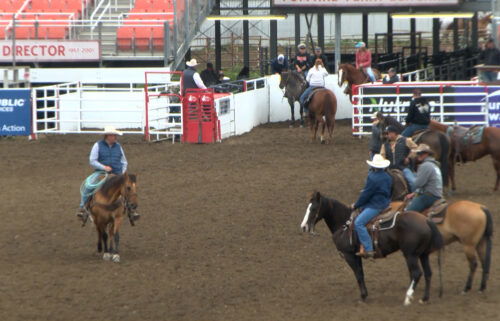Resolution adopted for annual ‘Bracero Workers History Recognition Week’ in Monterey County
SALINAS, Calif. (KION-TV)- The Monterey County Board of Supervisors adopted a resolution that will make the week of September 16 an annual recognition of a people's sacrifice to provide better lives for their families in Mexico with a work program that began in 1942.
On the 60th Anniversary of the Chualar Bracero Tragedy, the board approved a resolution to declare "Bracero Workers History Recognition Week" in Monterey County. Dozens of Barcero farmworkers appeared at the board of supervisors meeting Tuesday to receive their long overdue recognition in person.
An executive order called the Mexican Farm Labor Program established the Bracero Program between Mexico and the United States in 1942. This allowed millions of Mexicans to come to the United States and legally work on short-term labor contracts.
This program helped with a national agricultural labor shortage during WWII.
A Bracero railroad worker program was also established to build and maintain railroad lines throughout the United States. On Sept. 17, 1963, in Chualar makeshift bus carrying 57 Bracero farmworkers was returning to Earl Meyers Company Labor Camp in Salinas, where they lived.
Between 4:20 p.m. and 4:25 p.m. the "bus" approached an unmarked railroad crossing eight miles south of Salinas. Driver Francisco “Pancho” Espinosa did not hear or see the train as he inched over the tracks.
He then heard the whistle of a train and gunned the motor to try and escape the train, but he was too late. A seventy-one-car Southern Pacific Railroad freight train, going 65 miles an hour crashed into the "bus" and called 32 Bracero farmworkers.
The remaining 25 farmworkers were severely injured by splintered floor planks, jagged edges of twisted metal, shattered glass and long harvesting knives. California Highway Patrol said at the time that this was “the biggest single fatal vehicle accident in the history of California.”
The makeshift bus was made of a flatbed produce truck, with two long parallel wooden benches, an affixed aluminum canopy, and a chain tied on the back door which kept the farmworkers locked in.
The board of supervisors said the Chualar bus crash was a factor in the decision by Congress to terminate the Bracero program in 1964.
The people lost on that tragic day were:
- Salvador Olmedo Gallegos,
- Juan Nunez Valtierra,
- Antonio Llanes Gonzalez,
- Alberto Martinez Martinez,
- Agapito Villafuerte Torres,
- Victoriano Padilla Sanchez,
- Margarito Delgado Tinoco,
- Luis Orozco Contreras,
- Gonzalo Amador Huerta,
- Juan Diaz Duenas,
- Juan Segoviano Roza,
- Roberto Meza Huerta,
- Felipe Ramirez Melendrez,
- Ramon Torres Gutierrez,
- Jose Angel Olivarez,
- Jose Delgado Mendoza,
- Jesus Becerra Acevez,
- Salvador Cabrera Cholico,
- Pedro Segura Ramirez,
- Dolores Matansillas Flores,
- Silvino Munoz Escobedo,
- Ramon Navarro Flores,
- Manuel Maldonado Robles,
- Loreto Bojorquez Mungaray,
- Jose Gamez Martinez,
- Trinidad Mendez Vazquez,
- Herminio Huerta Tellez,
- Salomon Guzman Torres,
- Jesus Mercado Gallardo,
- Sixto Robles Urzua,
- Manuel de Jesus Coronado Lopez,
- and Antonio Gomez Zamora
They were from the Mexican states of Jalisco, Guanajuato, Sonora, Zacatecas, Puebla and Michoacan, ranging in age from 19 to 59.
In 2013, a stretch of Highway 101 in Chualar was dedicated to honor the 32 Bracero farmworkers who died in the deadly crash and is now called the Bracero Highway.




